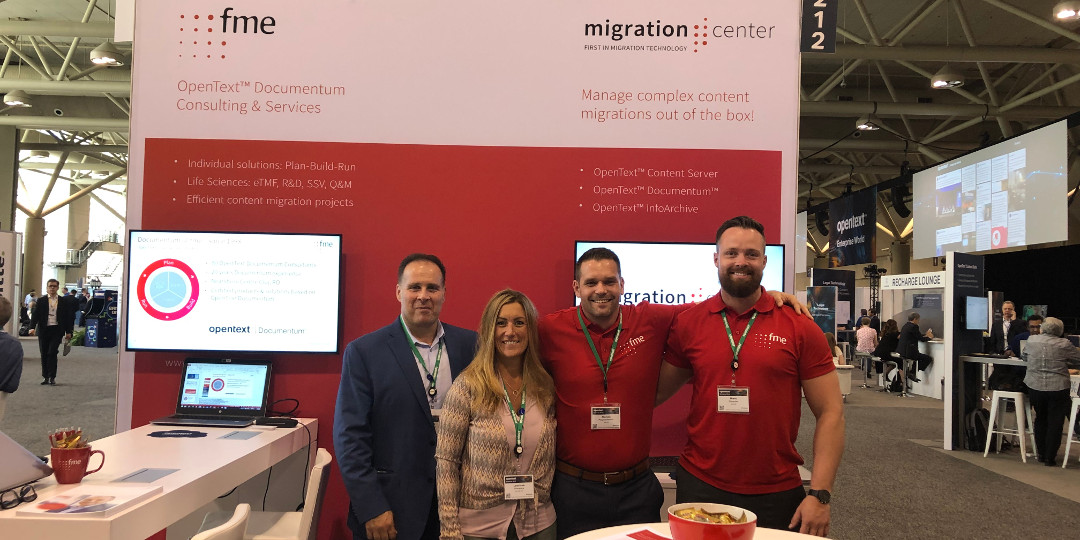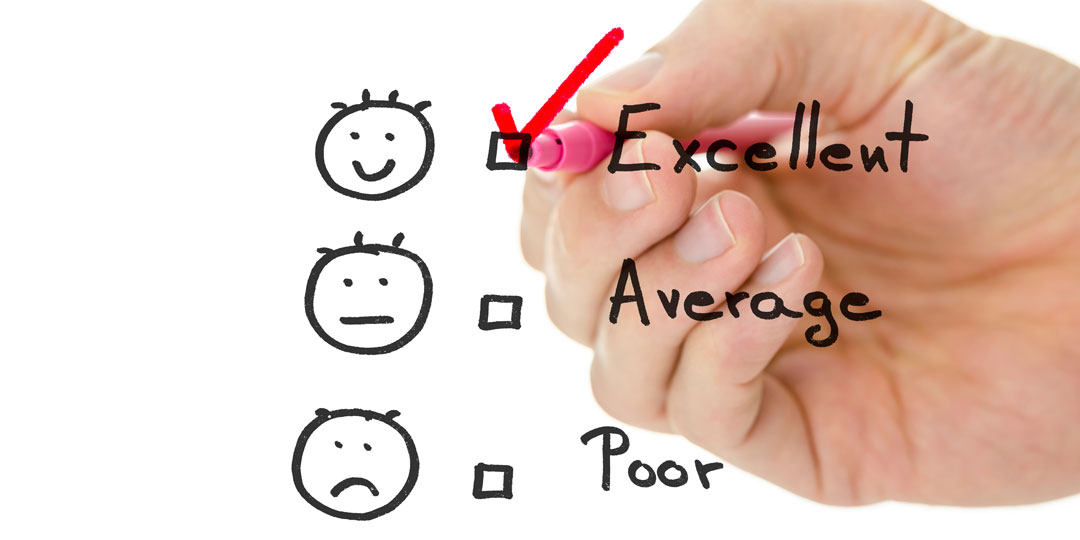
Critical dates for OpenText Documentum solutions entering maintenance mode
OpenText has announced critical dates for OpenText Documentum solutions for 2023, but instead of a problem you should consider this as an opportunity. Now could be a great time to make a more strategic move to a more intuitive user interface, to a cloud-based platform, or to wider system consolidation involving archiving of inactive content. A timely review will reveal your best options and roadmap.
Solutions entering maintenance mode
There’s nothing like a new year to usher in change. For IT teams and business tech decision-makers, January 2023 signals a countdown to a whole raft of OpenText™ Documentum™ products entering maintenance mode, halting functionality updates to make way for new and updated product versions.
This April will mark the lifecycle end for several products in the Documentum stack including:
- OpenText Documentum Archive Services for SAP® Solutions 16.4
- OpenText Documentum Content Services for SAP Solutions 16.4 – upgrade to 22.2
- OpenText Documentum D2 16.4 – upgrade to 22.2
- OpenText Documentum D2 +Pack 16.4 – upgrade to 22.2
- OpenText Documentum D2 Advanced Publishing Services 16.4 – upgrade to 22.2
- OpenText InfoArchive 16.4 – upgrade to 22.4
With more to follow by December 2023:
- OpenText Documentum D2 16.5 – upgrade to CE 22.4
- OpenText Documentum D2 Advanced Publishing Services 16.5 – upgrade to CE 22.4
- OpenText Documentum for Capital Projects 16.4 – upgrade to CE 22.4
- OpenText Documentum D2 +Pack 16.5 – upgrade to CE 22.4
This phasing out of current versions of critical content management applications (a full list can be found here, or contact us to get full details) means that performance and features will no longer be enhanced or improved. From the beginning of December 2023, there will be no more hot fixes, new releases, Java versions, or browser updates without significant extra fees.
Opportunity for improvement
While possibly frustrating, reaching a crossroads like this can be quite useful, encouraging new decisions and actions to improve, augment, or upgrade existing solutions.
Most companies don’t gain value in absorbing extended support arrangement fees, continuing costs of maintaining aging on-premise environments, or additional costs for performance that steadily deteriorates. Nor do they benefit from legacy applications that tie users to old databases and inefficient versions of operating systems.
Commonly addressed frustrations reported by fme clients include:
- Upgrading to latest system versions to take advantage of fixes, improvements and enhancements;
- Replacing underlying OS or database versions (for example exchanging Oracle with PostGres or similar);
- Migration to/system consolidation on the latest/cloud-based version of a current platform;
- Implementing new and modern desktop and mobile user interfaces that will truly engage end users working on-site and in remote locations;
- Strategic content archiving designed to free up capacity, reduce costs and boost system performance of core, critical business systems;
- Retiring legacy systems altogether and starting over with a new application.
Rather than persist in a state of inertia, this is a good time to review current infrastructure and identify opportunities for effective streamlining and modernization to achieve new agility, performance, and ROI from IT spending.
There are also many opportunities to improve user acceptance, motivation, and system adoption by implementing a modern, efficient interface.
Here’s a practical plan
First step: Understand what you have
It’s vital to first understand where your current systems are, which solutions will be impacted by the changes, how they are interconnected, and how important each of those solutions are to your business processes and workflows. We recommend conducting a comprehensive review and analysis of your current technology estate to define and prioritize your environment, risks, and solution options. As an OpenText and Documentum implementation partner, fme has developed and refined a series of specific workshops that can walk you through this process and provide a list of options on how to proceed.
With a clear understanding of your current state, you will be able to consider current and emerging opportunities, as well as requirements on the technology or business side that are currently unfulfilled. Emerging opportunities might include a previously talked-about move away from local systems and inhouse application management to a cloud-first set-up as part of an IT modernization or digital transformation initiative. Or maybe just a version upgrade is all that is needed to be future-proof.
Next: Look to the future
An in-depth analysis process is an excellent way to have a comprehensive IT health-check before committing substantial resources, and will allow you to create an informed cost-benefit analysis.
Some companies delay IT investment for as long as possible, even if limping by with a patched system could cost more in the long run, increase the potential of risk, and absorb more internal resources in ongoing maintenance. For many, a smaller, strategic investment now can minimize or even eliminate future issues, and ensure systems will meet their requirements for the coming years. Others choose to start a large initiative now and realize the benefits of new solutions before their competition.
Regardless of the chosen scenario, implementing the new set-up and migrating the designated content could take several months, so the sooner teams are aware of their current state and can make an informed decision, the better the chances of a smooth transition.
Now: Engage the experts
fme is perfectly positioned to help companies evaluate and navigate the forthcoming OpenText Documentum upgrades, thanks to the long-standing partnership between our companies and our expertise across all of the linked platforms. Our pedigree includes:
- Over 100 experienced Documentum consultants
- Over 1,200 person-years of Documentum project experience
- Multiple Industry awards: Documentum Partner of the Year, EMC Top Service Partner, OpenText Technology Partner, OpenText ECD Silver Partner, OpenText Partner of the Year Finalist, DELL/EMC Partner Innovation Award, Rising Star Award Finalist, and more.
Additionally, fme has led the industry by developing our proprietary platform solution migration-center, specifically designed to provide highly automated, large-volume migrations without system downtime for complex migration scenarios. This allows our customers to reduce costs, manage risks, increase productivity, and speed up the go-live of enterprise content management (ECM) applications.
End-to-end solutions
We offer a full suite of end-to-end services to solve your current and future challenges. With our talented and experienced team of experts we can:
- Execute discovery and roadmap workshops
- Analyze existing IT estate and identify improvement opportunities
- Implement or update systems and solutions
- Integrate disparate data silos across systems
- Migrate complex data and content
- Run, maintain, and support the applications on-prem or in the cloud
Please find more details about our approach for your success here:
Whatever the scope of your OpenText Documentum-related projects in 2023, why not let us help lighten the load?
Contact us today
For more information, please complete this contact form and we’ll schedule a time to discuss how we can help you eliminate your challenges, increase your IT ROI, and decrease your system TCO.
 fme AG
fme AG fme SRL
fme SRL






